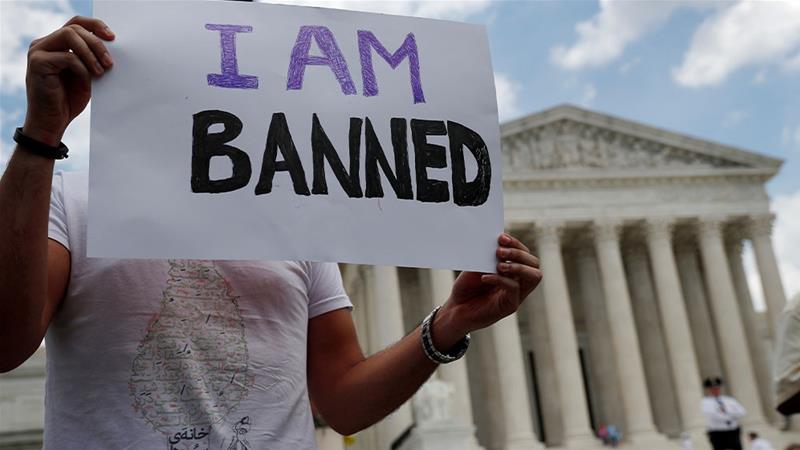The President’s Travel Ban: What Does It Solve?
On February 22, 2020, immigrants from Nigeria, Eritrea, Sudan, Tanzania, Kyrgyzstan, and Myanmar were banned from obtaining visas, lengthening the restricted travel list to 13 countries.
The travel ban has been in place since 2017, and it has already impacted 135 million people. The additional restrictions are likely to affect around 12,300 possible immigrants as well. In the grand scheme of things, these restrictions were created to make America safer, yet their efficiency is in constant questioning.
Execution Order 1379 was enacted by President Trump in January of 2017, and it enables the travel limitations seen today. The purpose of the order, according to the White House, “The visa-issuance process plays a crucial role in detecting individuals with terrorist ties and stopping them from entering the United States.” They claim that the September 11th attacks provide the perfect example of why this executive order is needed. It is meant to prevent the entrance of foreign nationals with “violent ideologies” or those who “intend to commit terrorist attacks in the United States.
The countries currently on the list are (discluding the ones recently added): Iran, Libya, North Korea, Somalia, Syria, Venezuela, and Yemen.
Looking at the results, the executive order has not only impacted travel, but it has also had impacts on the American economy as well. One example would be the tourism industry. Trump’s foreign policies discourage tourists from visiting the United States.
According to the U.S. Travel Association, the United States’ share of the international travel market fell from 13.7% in 2015 to 11.7% in 2018, a loss of 14 million annual visitors and $59.4 billion in traveler spending. Seeing that the travel ban was instituted in 2017, these statistics provide an accurate impact on the restrictions. The travel ban also caused a decrease in international students. The number of new international students at U.S. colleges and universities has dropped every year since Trump took office, a 10% decline overall.
Despite these impacts, the real consideration should be whether or not the travel ban fulfilled its purpose. From the facts, it appears as if it should be. Cato Institute reports, “Foreign-born terrorists were responsible for 86 percent (or 3,037) of the 3,518 murders caused by terrorists on U.S. soil from 1975 through the end of 2017. Of the other 481 murder victims of terrorists, 413 were murdered by native‐born Americans, and 68 were murdered by unidentified terrorists.”
If the passage of travel is removed, then attacks on America should be as well. However, if one takes a look at the number of murders again and remove the deaths caused by 9/11 (2,977), then a majority of murders from terrorist attacks would be caused by native-born Americans.
The 9/11 attacks were devastating and were immoral, but looking at the facts, this situation is not probable to occur again. Some emerging research has shown that communities with concentrated immigrant populations have less crime. Maybe the United States isn’t being attacked, maybe we’re attacking ourselves.

Maya Sivakumar is a sophomore at NAI. It is her second year on the NAEye staff. She is very excited to be a co-editor in chief and contribute more ideas...


